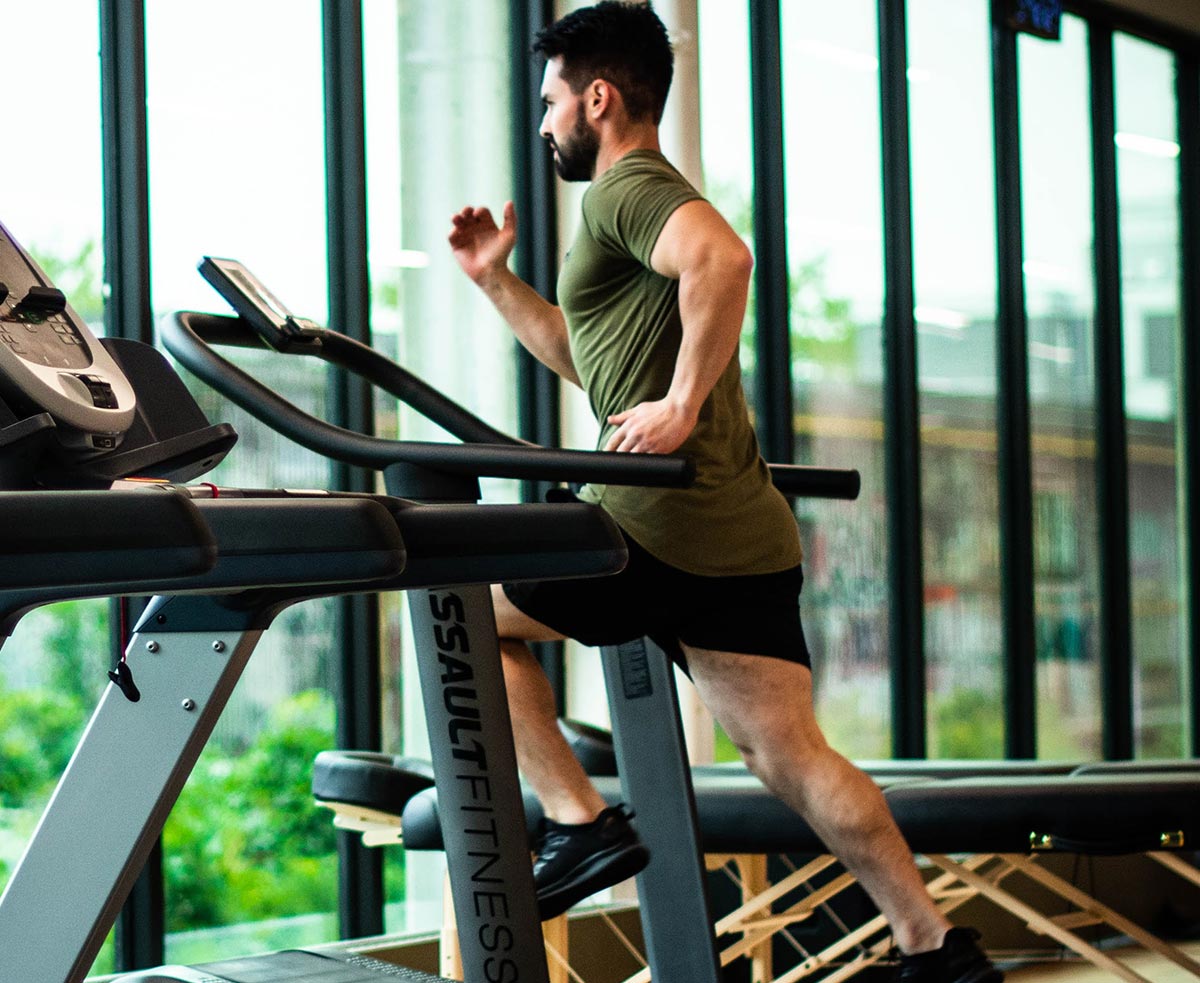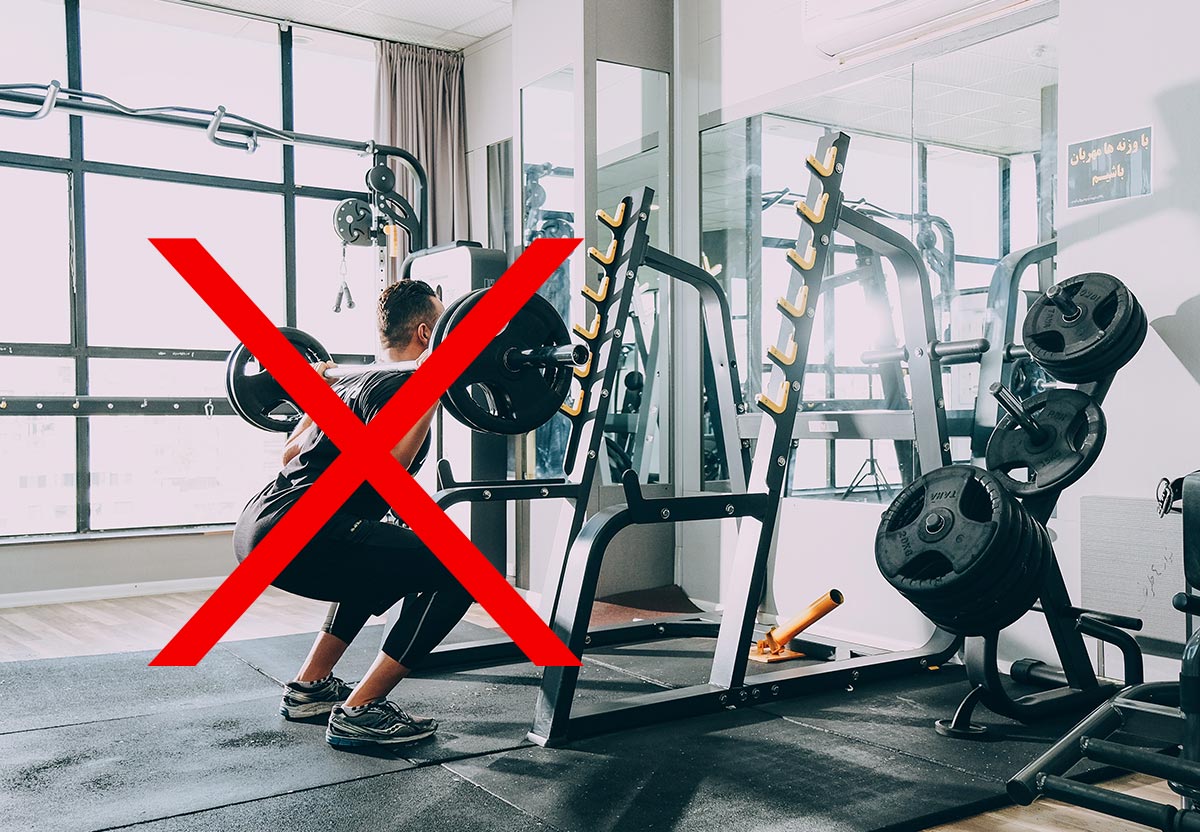Soccer, or football as it's known globally, stands as one of the world's most popular sports, captivating a massive base of enthusiasts and players of all ages. For a considerable time, soccer training, beyond skill development, has primarily focused on aerobic conditioning. However, this approach often overlooks crucial aspects such as strength, speed, power, agility, and flexibility. While it's true that players cover significant distances during a match (estimated between 11-13km in a 90-minute game), emphasizing endurance training exclusively can hinder the development of other essential physical attributes. A more holistic approach is needed to maximize a player's on-field performance.
Training for the Position: Tailoring Workouts to Specific Roles
Soccer positions can be broadly categorized into three groups: strikers, midfielders, and defenders. Each of these roles demands different physical attributes and therefore requires specialized training beyond general endurance work. This concept of position-specific training is relatively recent, supported by a study conducted in England on 55 top-level professional players from the FA Premier League during the 2003-2004 season. The study revealed that these three player groups would benefit significantly from targeted training focusing on specific aspects based on their on-field responsibilities. This individualized approach to training allows players to maximize their strengths and address their specific needs, leading to improved performance within their designated roles.
The Striker: Strength, Power, and Explosiveness
Strikers, more than any other position, require significant physical strength due to frequent physical contact with defenders. They are constantly involved in pushing, pulling, and withstanding physical challenges. Therefore, good upper body strength is a valuable asset for a striker. Additionally, strikers need explosive power for sudden starts and bursts of speed, placing considerable stress on the lower limbs. This makes appropriate strength training and prehabilitation exercises crucial for injury prevention and performance enhancement. A strength training program for strikers, and outfield players in general, should center around compound exercises like squats, lunges, push-ups, and chin-ups. Balancing opposing muscle groups, such as hamstrings and quadriceps, is also essential to prevent muscle imbalances and reduce the risk of injury. This approach allows strikers to develop the strength and power necessary to excel in their demanding role.
The Midfielder: Endurance, Agility, and Jumping Ability
Midfielders typically cover the most ground during a match, requiring high levels of endurance. Therefore, endurance training is a key focus for midfielders, but interval training methods are more effective than continuous, low-intensity running. Midfielders also need to perform vertical jumps for heading, making lower body power important. While strength training is beneficial for midfielders, as outlined for strikers, it requires a lesser degree of focus compared to endurance and agility training. This balanced approach ensures that midfielders possess the necessary physical attributes to fulfill their multifaceted role on the field, which involves both offensive and defensive responsibilities.
The Defender: Strength, Explosiveness, and Aerial Prowess
Defenders, particularly central defenders, require significant strength to effectively challenge opposing strikers. They also frequently find themselves on the ground during play, making explosive movements for getting back up quickly crucial. A defender's vertical jumping ability is also important for winning aerial duels against strikers. Therefore, strength training, plyometrics, and drills focusing on quick transitions from the ground are essential components of a defender's training program. This targeted approach allows defenders to develop the strength, power, and agility needed to excel in their physically demanding role. This is especially true for central defenders, who are often involved in direct physical confrontations with opposing attackers.
Endurance Training: Beyond Continuous Running
A comprehensive soccer fitness program should establish a strong aerobic base, as the game places significant demands on the cardiovascular system and muscular endurance of outfield players. However, solely focusing on continuous running is not the most effective approach. Much of a player's movement involves changes in direction, shuffling, starting, stopping, and sudden bursts of speed (sprinting), all performed at varying intensities. Therefore, incorporating interval training into your fitness regimen yields superior results compared to long-duration, low-intensity training. Interval training, which alternates between high and low-intensity exercise, more closely simulates the physical demands of a real game. This approach better prepares players for the dynamic and unpredictable nature of soccer.
Benefits of Strength Training for Soccer Players
Strength training offers numerous benefits for soccer players, including increased resistance to injury, improved explosive power, enhanced balance, stability, and agility, faster recovery, and improved performance in physical challenges with other players. By developing strength, players can better withstand the physical demands of the game and reduce their risk of injury. Enhanced power translates to improved sprinting speed, jumping ability, and striking force. Improved balance, stability, and agility contribute to better ball control and maneuverability on the field. Faster recovery allows players to train more effectively and perform at their best during matches. Overall, strength training is a crucial component of a comprehensive soccer training program.
Speed and Agility Training: Essential for Modern Soccer
Every player on the field benefits from increased speed and agility. The pace of modern soccer, especially at the professional level, is constantly increasing. Being able to reach the ball first is crucial for both offensive and defensive plays. Most professional players are expected to complete a 30-meter sprint in around 4.0 seconds, a very demanding standard. Combining strength with speed results in power, making players formidable opponents. Power training should include explosive movements like power cleans, jump squats, and plyometrics. To develop speed endurance, these exercises should be incorporated into circuit routines with high-intensity intervals. Sprinting and agility drills should conclude each workout. This comprehensive approach develops both speed and the ability to maintain it over extended periods.
Flexibility Training: Dynamic Warm-ups and Static Stretching
A healthy range of motion is highly beneficial for soccer players. However, traditional static stretching before exercise has been shown to be relatively ineffective and may even increase the risk of injury. Dynamic warm-up drills, such as free-standing squats, butt kicks, arm circles, and walking lunges, are far more effective for preparing the body for activity. These dynamic movements improve blood flow, increase muscle temperature, and enhance range of motion without compromising muscle power. After training or matches, static stretching can be used for cool-down and to improve flexibility. Using your own muscular effort to hold the stretch position (active stretching) can be particularly beneficial. Understanding the demands of your specific position allows you to create a training regimen that optimizes your physical performance on the field.
1 Reilly, T., Bangsbo, J., & Franks, I. M. (2000). Anthropometric and physiological predispositions for elite soccer. Journal of sports sciences, 18(9), 669-683. 2 Bangsbo, J. (1994). The physiology of soccer—with special reference to intense intermittent exercise. Acta Physiologica Scandinavica. Supplementum, 619, 1-155. 3 National Strength and Conditioning Association (NSCA). 4 American College of Sports Medicine (ACSM).













